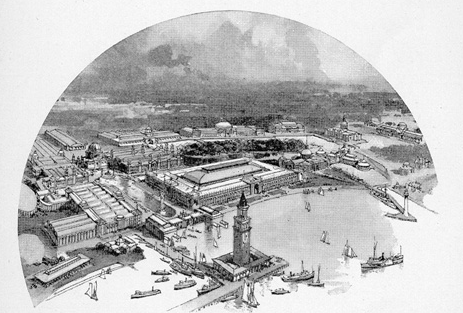
The Devil in the White City

Although the main focus of Erik Larson's Devil in the White City is the architects that work to plan and create Chicago 's World's Fair in 1893, Daniel Burnham also ran into many problems with his construction workers. The architects were forced to work on a tight schedule for various reasons such as weather, geography, money and simply short notice. Of course this forced the men to scramble and make adjustment, but it also made the construction much more vigorous and dangerous for the workers. Burnham had the constant threat of a labor strive looming over his head as he pushed for his fair's completion. And these workers had good reason to strike….